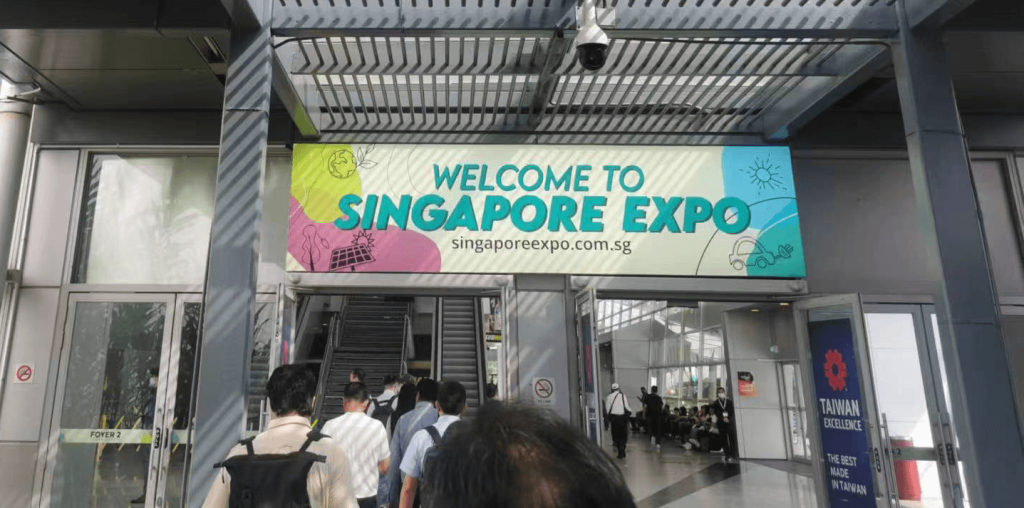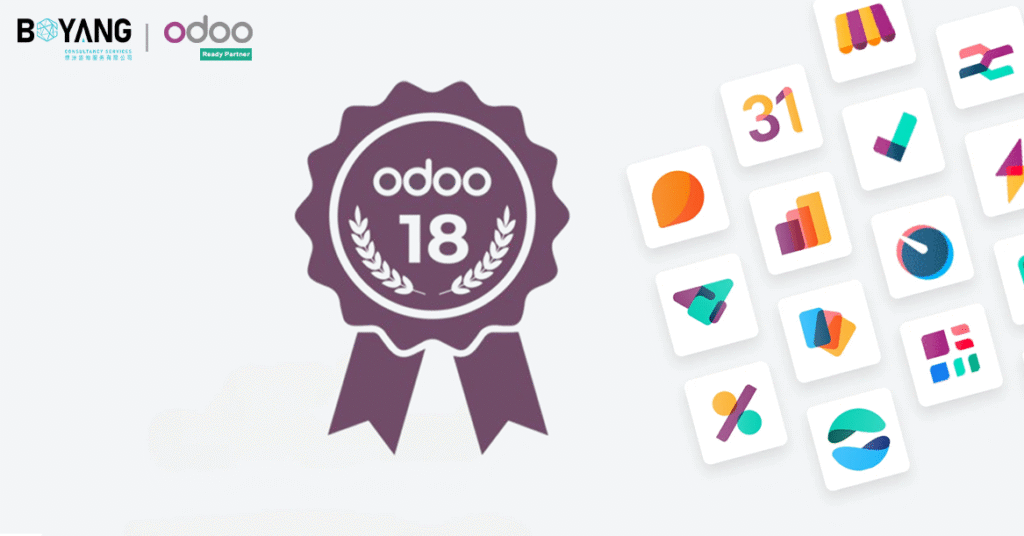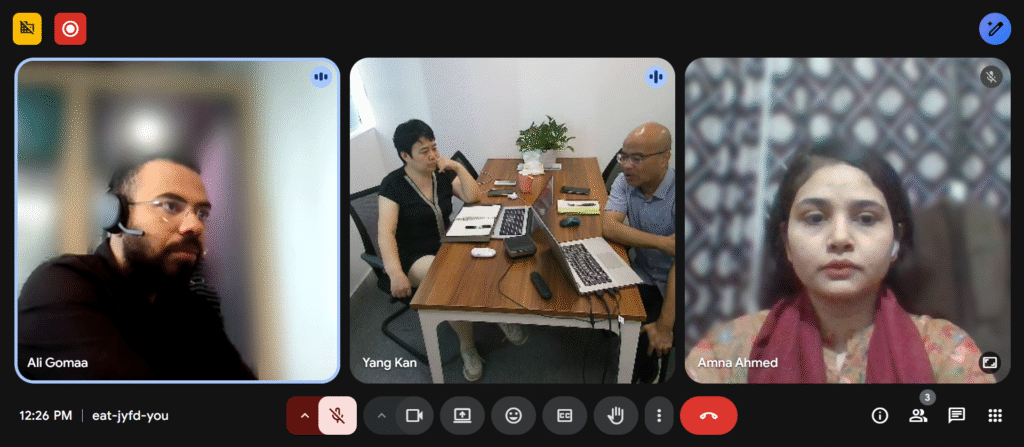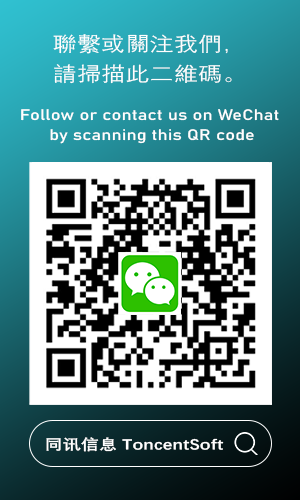From June 7 to June 9, 2023, the Asian communications technology event – CommunicAsia 2023 was held at the Singapore Expo Center, focusing on a variety of key and emerging technologies in the industry, bringing together nearly 1,000 exhibitors at home and abroad, which is an important opportunity to understand the development of the industry and look forward to the prospects of the industry.

Kan participated in this event on behalf of the same information, let’s interview, whether this exhibition brings some inspiration to the future development direction of Boyangcs, and whether we can learn from it some experience about the industry.

1.Hello Kan, could you please briefly introduce what kind of exhibition CommunicAsia 2023 held in Singapore is?
“CommunicAsia 2023 is the largest standard-sharing platform for the ICT industry in Asia, focusing on a wide range of key and emerging technologies for the industry, ranging from backhaul networking and system integration to end-user software and applications. In 2021, the exhibition attracted 1,100 companies from 49 countries and regions, and 22,000 visitors from 94 countries and regions. Exhibitors come from various ICT industries, including 3D printing, 5G/4G/LTE, CDN, network cloud services, NFV/SDN, OTT, satellite communication, wireless technology, etc.”
2.What are the purposes and deep impressions of this trip to Singapore?
“On the one hand, the purpose of this trip to Singapore is to participate in the annual CommunicAsia 2023, to have close contact with and understand the development status and trends of the ICT industry in the Asia-Pacific region, especially in Southeast Asia, and on the other hand, it is also an opportunity to get to know more partners, peers and customers in the industry and conduct in-depth exchanges. Because Tongxun information Company is engaged in IT information technology services enterprises, so one of our focus is also related to our own industry market conditions, industry development dynamics, technological innovation and so on.
On the whole, there are a large number of enterprises related to IT information technology services in the exhibition, including many Chinese brands that we are familiar with, such as ISofttong Power, and there are also many fields involved in IT services, such as enterprise application solutions, AIoT related, network information security, artificial intelligence applications, call centers, data center industry applications. Among them, some impressive application scenarios include solutions that combine ultrasonic, AI and Internet of Things technologies to prevent elderly people living alone from falling down. The background of this solution is that Singapore is entering an aging society, and the number of elderly people living alone is increasing. How to effectively monitor and manage elderly people living alone has become a major problem for the government. The same demand also exists in Chinese society. At an exhibition in Shenzhen last year, a company we know used a more concise method to monitor the daily living situation of the elderly by collecting the changes of the water and electricity meter data of the elderly apartment. It seems that in the face of global problems, some points of concern of various countries are still very similar. Only in the specific technical means and implementation methods will be combined with each country’s own situation and characteristics have different ways of presentation.
Compared with communication equipment, hardware facilities, etc., the number of Chinese enterprises appearing in the exhibition area of enterprise application solutions and services is relatively small, which also reflects that China’s IT service enterprises have not invested much in the external market expansion. Chinese enterprises in the Southeast Asian market expansion strategy and communication with local customers need to be further improved, but everyone is generally optimistic about the vitality of the whole market and the future development trend.”
3.Through this exhibition, how do we look at the opportunities and challenges for the development of Chinese IT technology service enterprises in the Southeast Asian market?
“As we all know, in the past few years of the epidemic, Southeast Asia’s digital economy has achieved countertrend growth, and the number of Internet users and the scale of the digital economy have continued to expand. The digital economy market in Southeast Asia reached $174 billion in 2021, and is expected to exceed $360 billion by 2025, and may even reach $700 billion to $1 trillion by 2030. So this is a rapidly developing market, full of opportunities and challenges.
As a start-up IT technology service company, we cannot say that we have a deep understanding and insight of this market due to our business scale. However, in combination with this exhibition and our visits to some local companies and personnel in Singapore, we can talk about some opportunities and challenges for the development of Chinese IT technology service companies in this market in our eyes.
IT technical service industry is a heavy industry, the quantity and quality of IT technical personnel is an important factor restricting the development of IT technical service. The rapidly developing market often needs a large number of technical talents to supplement and join, and relevant data show that the Southeast Asian region represented by Singapore has been in short supply in the demand for IT technical talents. As a populous country, China has cultivated a large number of IT technical talents through its economic development in the past decades, especially in first-tier cities such as Beijing, Shanghai, Guangzhou and Shenzhen. It is easy for us to find a software engineer or technical architect with solid technical foundation and rich project experience. In addition, every year, China has nearly 10 million new graduates and provides a steady stream of high-quality talent resources for the IT industry. These are our advantages and a foundation for us to enter the Southeast Asian market for development.
But the Southeast Asian market is different from China’s domestic market after all, it has its own characteristics and uniqueness. The development of Southeast Asian countries is uneven, there are developed countries such as Singapore, but more developing countries. In terms of economic momentum, Vietnam, the Philippines and Indonesia are developing rapidly, followed by Malaysia. The official language of these countries is also different, each country, the nation has its own language, the English communication ability of Chinese technical personnel compared to India, Vietnam and other countries engineers there are some gaps, which is also some challenges for Chinese IT technology service enterprises to enter this market. However, with the rapid development of China in the past decades, especially the rise of Chinese science and technology enterprises, there are many successful cases in ICT, e-commerce and Internet industries, which are our advantages. We should make full use of these advantages and bring the successful cases we have implemented in China to these countries for further marketing and transformation combined with the local market. I believe we will be able to walk out of a development road of our own.
Finally, we would like to talk about the positioning of our Chinese IT technology service enterprises in the early stage of entering this market. There is no doubt that the booming development of the Southeast Asian market has emerged a lot of opportunities, but which opportunities are suitable for us or can we grasp by ourselves? If this problem is not understood or clarified, it is difficult for us to further carry out business expansion planning and team construction, after all, the Southeast Asian market from the market size, language and culture, user habits and our domestic market are very different, blindly copying the domestic market may not necessarily work here. It is important to define and stick to your role and do what is appropriate and good at. In addition, under the premise of adhering to the same general direction of their own positioning, it is also very important to communicate with local enterprises to adopt flexible adjustment strategies according to local conditions in view of the characteristics of the local market. These are some of my experiences combined with the exchange of peers at this exhibition, I hope to share with you.”
4.What can you share with us about Boyangcs’s recent and future development in the international market?
“Boyangcs was established at the end of 2015, the original intention of the establishment of Boyangcs is that we hope to provide secure, flexible and efficient IT technology services for small and medium-sized enterprises at home and abroad through the technical and management experience accumulated by our team for many years to serve multinational enterprises. Since its establishment, the company has focused on the needs of local science and technology enterprises in Shenzhen, and made continuous efforts to improve and enhance its technical level from some fragmented project tasks at the beginning. Firmly implementing the principle of continuously improving the value of service in the customer field based on agile delivery methods, the company has successfully delivered many customer projects in the past few years. We have also got a lot of exercise and valuable service experience, which has also laid a foundation for our next development.
With the release of the epidemic, my friends in Hong Kong, whom I knew before the beginning of this year, came to me hoping to help them find some technical personnel in Shenzhen. Although this transaction could not be facilitated for some reasons later, it made me re-examine our surrounding market and our development strategy. In fact, the Hong Kong market is not strange to us. As early as 2017, we gave a local company in Hong Kong a system for a specific industry application that they had wanted to do for many years but had not found a suitable supplier to do. This project received a high evaluation from customers. Compared with the mainland, the size of the Hong Kong market is much smaller, but the difficulty of competition is not small, and it is still difficult to develop in this market without a clear product and service positioning. Therefore, before we enter this market, we must first clarify our role positioning and find a suitable entry point for ourselves to move forward step by step. Overseas markets have broad prospects, but also great challenges. We should keep in mind our mission and goals and constantly enrich and develop ourselves.”
Well,from this point of view, the IT market in Singapore and even the whole Southeast Asia is very large, full of opportunities, but also has many unknown challenges. Let’s wait and see what Boyangcs will bring to you in the future!




